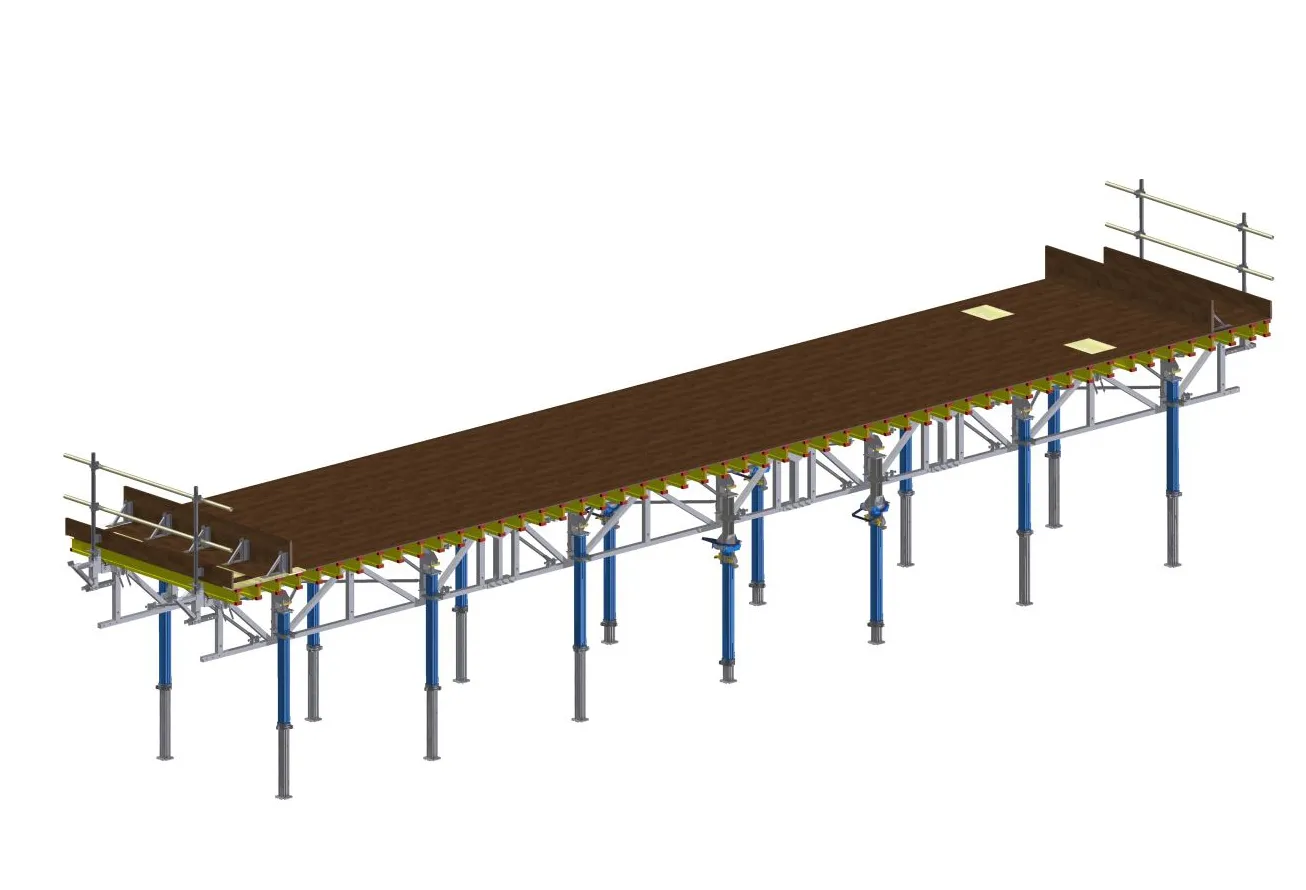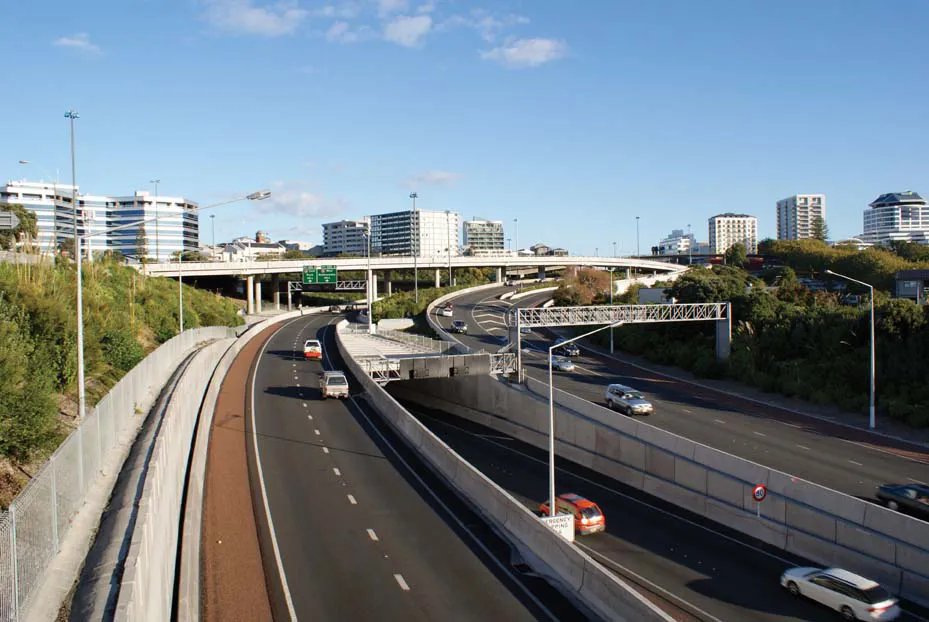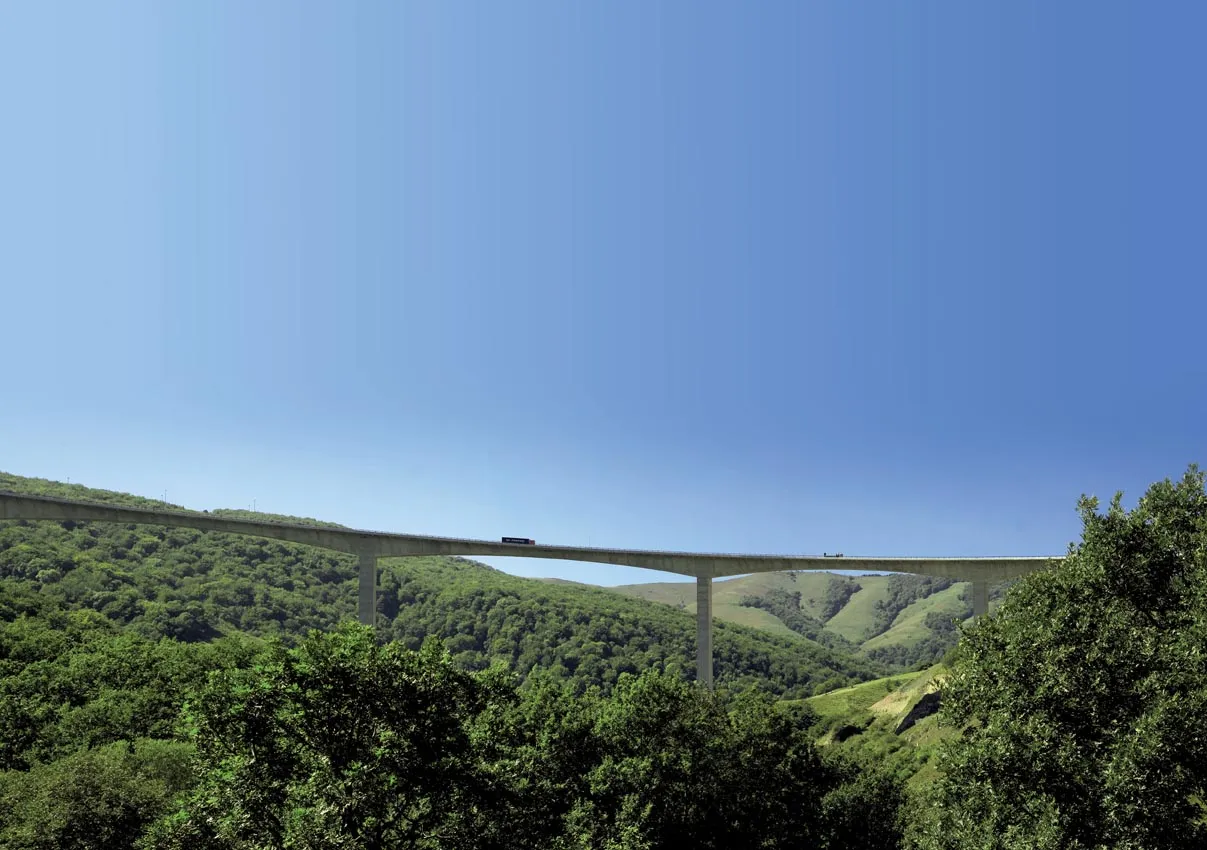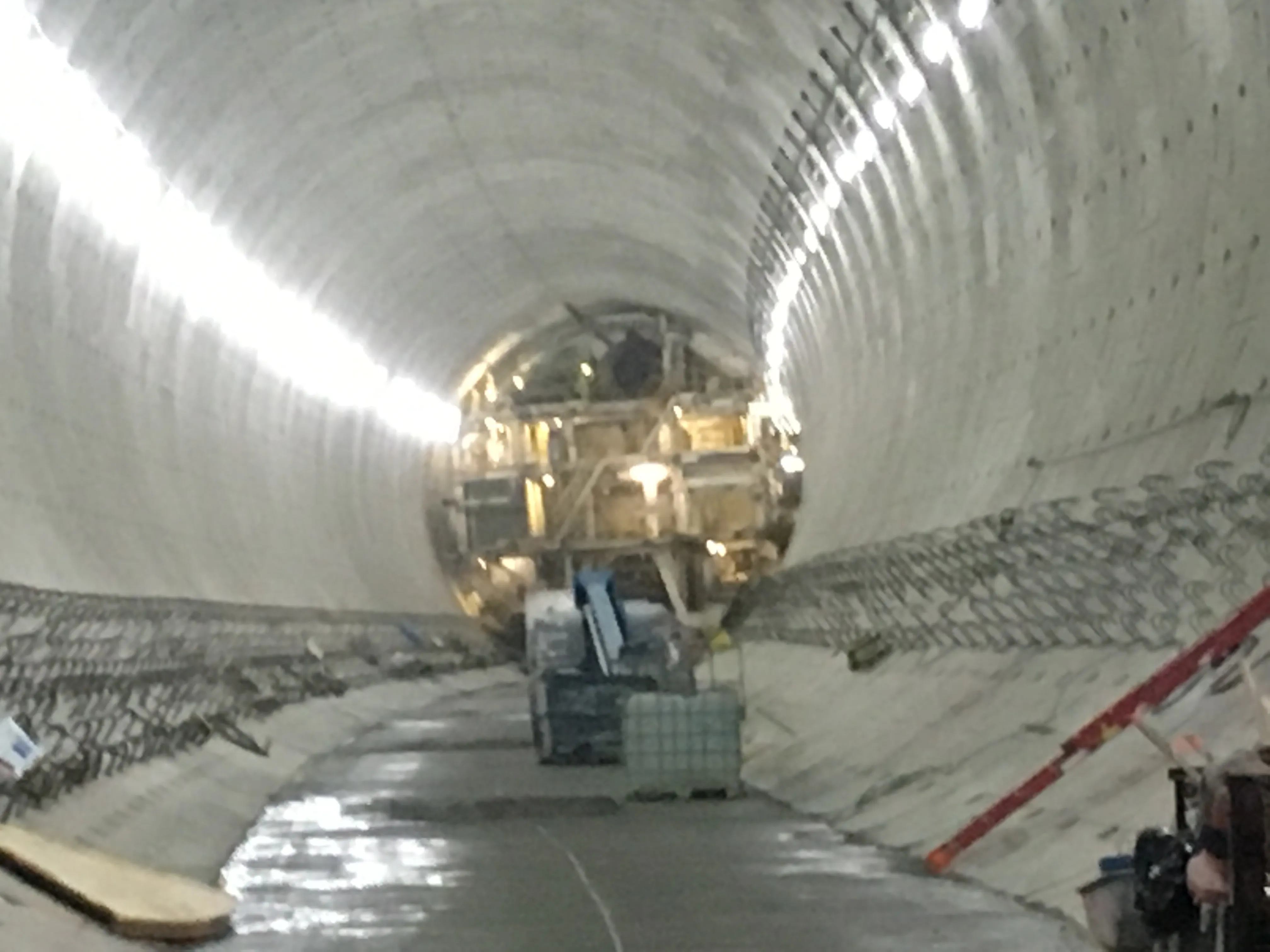RMD Kwikform will be supplying tens of thousands of tonnes of its formwork and shoring for construction of Qatar’s tallest bridge on the Doha East Corridor project
As well as the bridge, the Corridor contract comprises four interchanges at a total cost of US$612.5 million. Ashghal, Qatar's Public Works Authority, awarded the Corridor project to China Harbour Engineering Design and Construction.
Built as a five-lane 11km bypass in Doha, the capital of Qatar, the project will also cater for a rail line
July 6, 2016
Read time: 3 mins
RMD Kwikform will be supplying tens of thousands of tonnes of its formwork and shoring for construction of Qatar’s tallest bridge on the Doha East Corridor project
As well as the bridge, the Corridor contract comprises four interchanges at a total cost of US$612.5 million. Ashghal, Qatar's Public Works Authority, awarded the Corridor project to China Harbour Engineering Design and Construction.
Built as a five-lane 11km bypass in Doha, the capital of Qatar, the project will also cater for a rail line into the city. This will connect with the China Harbour Metro Bridge and intersect with the southern elevated red-line railway.
The largest of the six bridges reaches up to a height of 33m and a length of 840m. The site-team required a formwork solution that was both flexible and capable of withstanding concrete loading pressures.
Varying heights and cambers on the interchange sections required RMD Kwikform to employ its Rapidshor formwork system to create birdcage-interlocked structures to support the construction. Rapidshor shoring was also integrated with steel Superslim Soldiers and GTX timber beams to form the shape of the interchange structures. As part of the formwork design, RMD Kwikform also developed safe access and egress solutions to support the site teams and shift patterns, in addition to the design of special steel pier formwork.
“From a technical perspective, the engineering solution needed to accommodate the clover leaf shape of the interchanges,” said China Harbour health safety and environment manager Eamonn Toland. “From a design perspective we also had to consider the positioning of tower cranes onsite and the integration of the phased lifting process.
“Equally we spent some time with the RMD Kwikform team designing the access towers for the structures, landing platforms and rest areas for the site. When it came to training and support, we had onsite supervisory support from RMD Kwikform who trained the erection teams and were also responsible for signing off the completed formwork arrangement, working closely with our safety and structural engineers.”
RMD Kwikform provided the China Harbour team with logistical support to meet the challenging timeframe of the project, as Keith Palmer, business development manager of RMD Kwikform explained. “With so much equipment required for the project, we had to coordinate delivery to site to match the sequencing of the erection phases. This involved a large amount of truck movements and organisation from our local yard with some equipment also sourced from other parts of the RMD Kwikform global businesses.
“When it came to the special steel pier formwork, we were also able to design, fabricate and supply these units to the site in less than 12 weeks, helping to keep the project on programme,” said Palmer.
Once complete the project will help to relieve congestion from the capital of Doha, providing much needed relief to the inner city road network. n
As well as the bridge, the Corridor contract comprises four interchanges at a total cost of US$612.5 million. Ashghal, Qatar's Public Works Authority, awarded the Corridor project to China Harbour Engineering Design and Construction.
Built as a five-lane 11km bypass in Doha, the capital of Qatar, the project will also cater for a rail line into the city. This will connect with the China Harbour Metro Bridge and intersect with the southern elevated red-line railway.
The largest of the six bridges reaches up to a height of 33m and a length of 840m. The site-team required a formwork solution that was both flexible and capable of withstanding concrete loading pressures.
Varying heights and cambers on the interchange sections required RMD Kwikform to employ its Rapidshor formwork system to create birdcage-interlocked structures to support the construction. Rapidshor shoring was also integrated with steel Superslim Soldiers and GTX timber beams to form the shape of the interchange structures. As part of the formwork design, RMD Kwikform also developed safe access and egress solutions to support the site teams and shift patterns, in addition to the design of special steel pier formwork.
“From a technical perspective, the engineering solution needed to accommodate the clover leaf shape of the interchanges,” said China Harbour health safety and environment manager Eamonn Toland. “From a design perspective we also had to consider the positioning of tower cranes onsite and the integration of the phased lifting process.
“Equally we spent some time with the RMD Kwikform team designing the access towers for the structures, landing platforms and rest areas for the site. When it came to training and support, we had onsite supervisory support from RMD Kwikform who trained the erection teams and were also responsible for signing off the completed formwork arrangement, working closely with our safety and structural engineers.”
RMD Kwikform provided the China Harbour team with logistical support to meet the challenging timeframe of the project, as Keith Palmer, business development manager of RMD Kwikform explained. “With so much equipment required for the project, we had to coordinate delivery to site to match the sequencing of the erection phases. This involved a large amount of truck movements and organisation from our local yard with some equipment also sourced from other parts of the RMD Kwikform global businesses.
“When it came to the special steel pier formwork, we were also able to design, fabricate and supply these units to the site in less than 12 weeks, helping to keep the project on programme,” said Palmer.
Once complete the project will help to relieve congestion from the capital of Doha, providing much needed relief to the inner city road network. n









